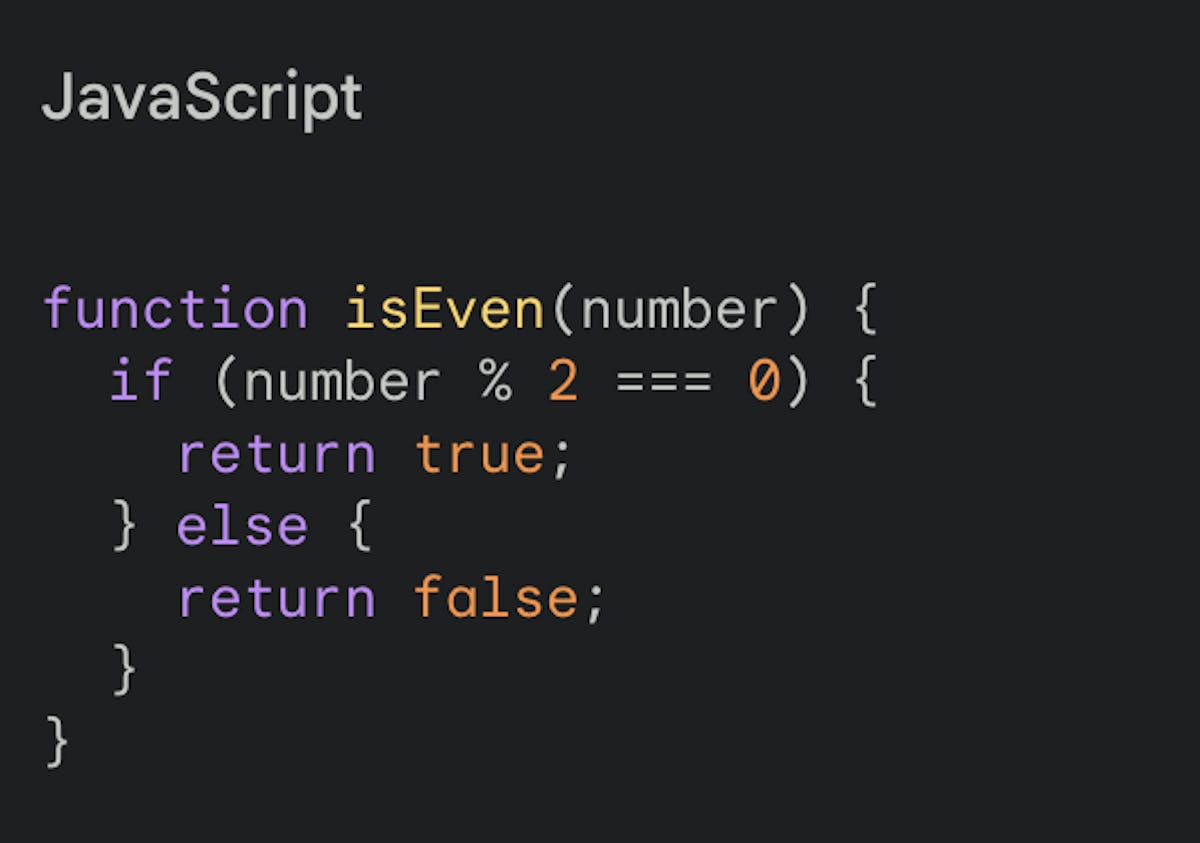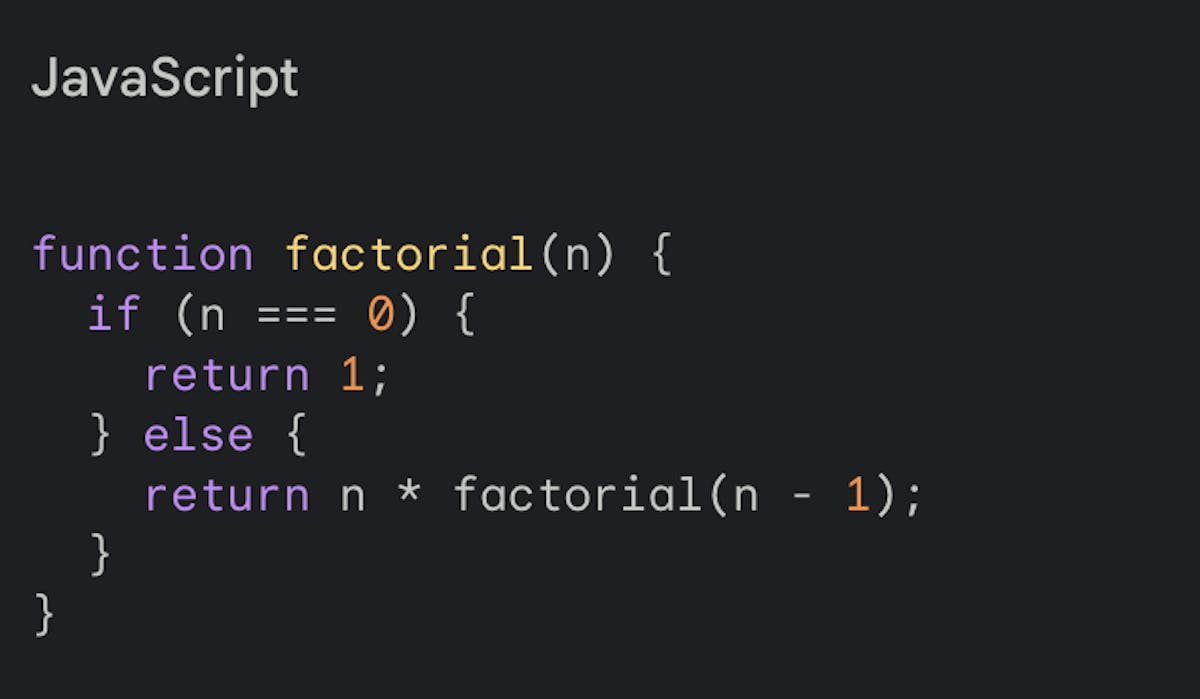Ever stared at a ball of yarn and wondered how it got so knotted? Your code might feel the same way sometimes. Cyclomatic complexity is a tool that helps us measure just how tangled our code really is.
So, what exactly is cyclomatic complexity? This concept was first introduced by Thomas J. McCabe back in 1976, and it's all about measuring the number of different paths your code can take. The more decision points—like if-else statements, loops, and switches—a piece of code has, the higher its complexity.
If you have a high cyclomatic complexity score, it often means your codebase is tough to understand, test, and maintain. Imagine trying to navigate a maze with countless twists and turns; that’s what your code feels like to a developer trying to make sense of it.
While cyclomatic complexity might seem a bit abstract at first, it's a critical concept for engineering leaders who want to enhance code quality and bring positive practices to their engineering team.
Understanding the underlying reasons for complex code helps teams untangle those knots, leading to cleaner, more manageable code that everyone can work with.
However, it’s essential to remember that cyclomatic complexity isn’t the silver bullet. It's a valuable tool, but it’s not a cure-all. Other factors, like code readability, maintainability, and test coverage, also play crucial role in determining overall code quality.
So, let's get into how tangled code impacts your engineering team and what you can do to untangle it.
What is the Impact of Cyclomatic Complexity on Your Engineering Team?
High cyclomatic complexity doesn't just mess with your code—it impacts your entire engineering team. Imagine errors lurking like snakes in tall grass within complex code, ready to strike at any moment. This hidden complexity influences productivity, collaboration, and overall team dynamics in ways that can slow everything down.
Here’s how:
High cyclomatic complexity doesn't just mess with your code—it impacts your entire engineering team. Imagine errors lurking like snakes in tall grass within complex code, ready to strike at any moment. This hidden complexity influences productivity, collaboration, and overall team dynamics in ways that can slow everything down.
Here’s how:
Increased Development Time and Costs
Developers may spend an inordinate amount of time trying to decipher what the code does before they can implement any changes.
For example, adding a new feature to a highly complex codebase might require developers to understand multiple interconnected parts of the code, consuming time and resources that could be better spent on innovation. This can be particularly problematic in fast-paced environments where time-to-market is crucial.
Higher Error Rates and Debugging Challenges
Complex code is often prone to errors because it contains many interdependencies and potential failure points. The more paths and conditions a program has, the higher the likelihood of encountering bugs. This complexity makes it difficult for developers to predict how changes will affect the system, leading to an increase in error rates and making debugging a challenging and time-consuming process.
Imagine a scenario where a critical bug is discovered in a highly complex section of code. Pinpointing the root cause and implementing a fix can be a frustrating experience, requiring developers to navigate through layers of convoluted logic. This process diverts valuable resources away from other projects, leading to a backlog of tasks and delayed deliverables.
Accumulation of Technical Debt
Complex code is a breeding ground for technical debt. As the codebase grows and changes, maintaining a tangled web of logic becomes increasingly challenging. This technical debt can hinder the team's ability to deliver new features and respond to changing requirements, as developers are forced to deal with the complexities and compromises of past decisions.
Technical debt acts like a hidden tax on productivity, slowing down development and increasing the cost of future changes.
💡Suggested reading: How to Deal with Tech Debt in a Fast-Growing Engineering Organization?
Decreased Team Morale
When developers consistently face complex code that is difficult to work with, it can lead to frustration and burnout. Developers thrive on solving problems and delivering solutions, and when complexity gets in the way, it can feel like an uphill battle.
Moreover, complex code can create silos within the team, where only certain developers are familiar with specific parts of the codebase. This can limit collaboration and knowledge sharing, making it difficult for team members to support one another effectively.
By recognizing the negative effects of complexity and implementing strategies to manage it, engineering leaders take an active step toward a more efficient, productive, and engaged engineering team.
In the next section, we'll explore how to calculate cyclomatic complexity and the practical strategies for managing and reducing it! So keep reading!
How To Calculate Cyclomatic Complexity?
Calculating cyclomatic complexity might seem daunting at first, but it's a straightforward process once you understand the basics. By quantifying the complexity of your code, you can identify areas that may need simplification or improvement. Let's explore how you can calculate cyclomatic complexity, both manually and using tools.
Method 1: Counting Decision Points
- Identify all decision points in the code, such as if-else statements, loops, and switch cases.
- Add 1 to the total number of decision points to calculate the cyclomatic complexity.
Suppose you're writing a function to determine if a number is even or odd. You'll have one "if-then-else" to check if the number can be divided by 2 evenly. So, your cyclomatic complexity is 1 + 1 = 2.





